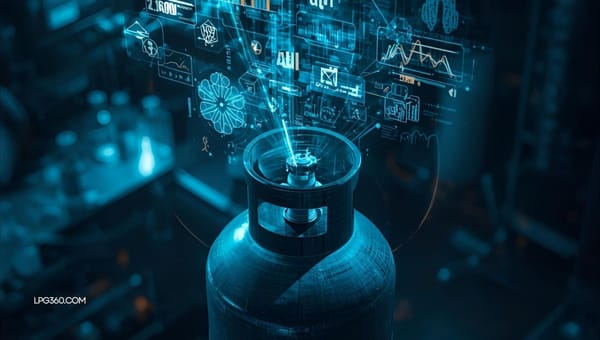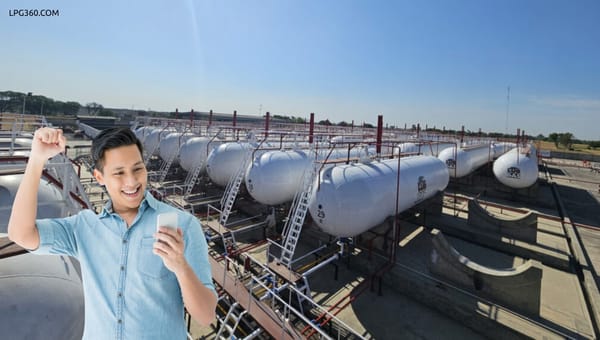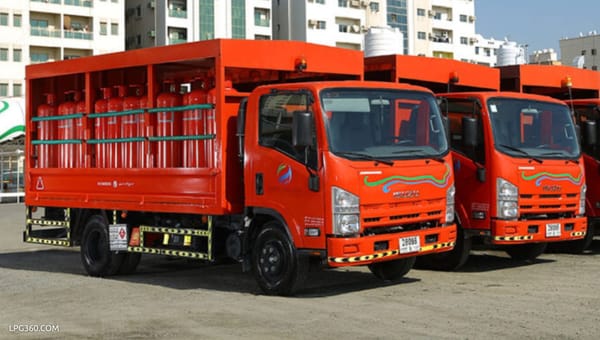LPG Plant Rules and Regulations
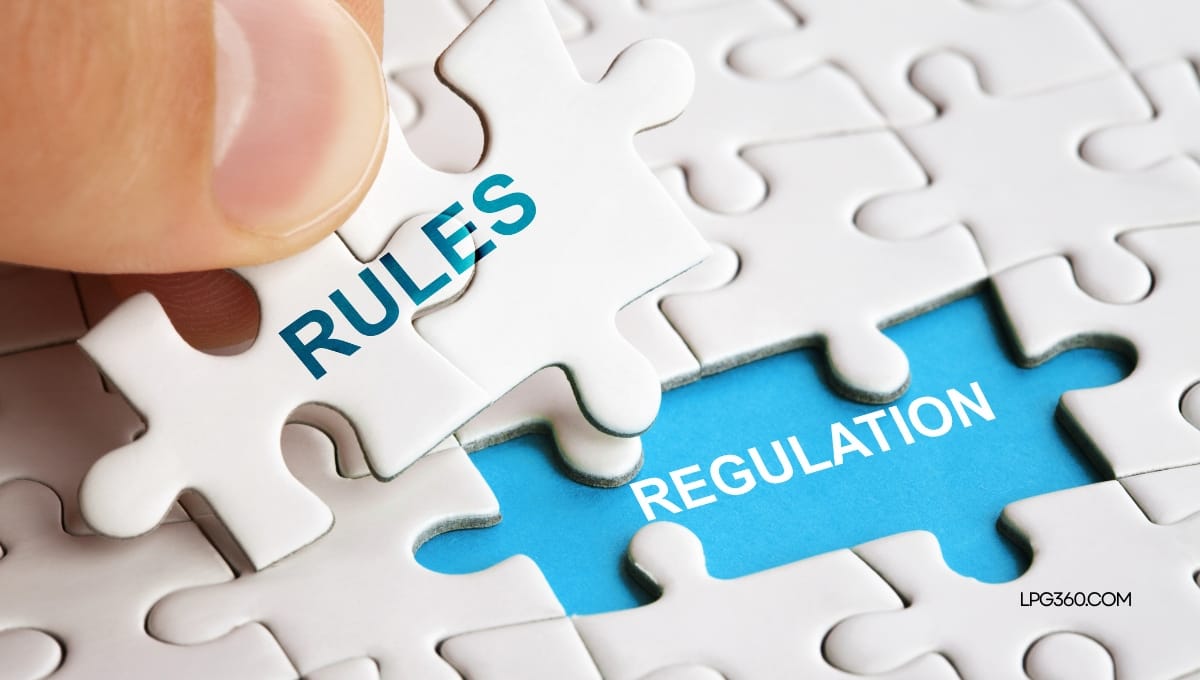
LPG Plants must follow strict rules and regulations to ensure safety, environmental protection, and legal compliance. These guidelines help prevent accidents, improve operational efficiency, and ensure that LPG businesses meet industry standards. This blog provides an overview of essential rules and regulations for running an LPG Plant safely and legally.
General Safety Rules for LPG Plants
1. Proper Storage and Handling
- LPG cylinders must be stored upright in well-ventilated areas away from direct sunlight and heat sources.
- Use approved valves, hoses, and pressure regulators to prevent leaks.
- Employees must be trained to handle LPG safely, including loading and unloading procedures.
2. Fire Safety Measures
- Install fire suppression systems, emergency shut-off valves, and gas leak detectors.
- Keep fire extinguishers and sprinkler systems in all critical areas.
- Conduct regular fire drills and emergency response training for employees.
3. Equipment Maintenance and Inspections
- Regularly inspect LPG storage tanks, pipelines, and cylinders for leaks or damage.
- Schedule preventive maintenance for machinery and gas-handling systems.
- Keep records of safety checks and equipment certifications.
4. Safe Transportation and Distribution
- LPG tankers must be approved for hazardous material transport and undergo regular inspections.
- Transport vehicles should have clear labeling and safety warnings.
- Drivers must receive specialized training and certification for LPG transport.
LPG Plant Regulations
To ensure safe operations, LPG Plants must comply with both national and international regulations. Some of the key regulatory bodies include:
1. NFPA (National Fire Protection Association) – NFPA 58
- Establishes fire safety guidelines for LPG Plants.
- Regulates storage tank placement, gas pipelines, and handling procedures.
2. OSHA (Occupational Safety and Health Administration)
- Enforces workplace safety rules to protect employees from hazardous conditions.
- Requires protective gear, ventilation systems, and emergency exit plans.
3. ISO (International Organization for Standardization)
- Provides global safety standards for LPG production, storage, and transportation.
- Ensures quality control and environmental compliance in LPG operations.
4. Local Government Regulations
- LPG businesses must obtain operating licenses and safety certifications.
- Facilities must pass regular safety inspections and environmental assessments.
- Regulatory authorities impose penalties for non-compliance, including fines or shutdowns.
Consequences of Violating LPG Rules and Regulations
Failure to follow safety rules and legal regulations can lead to:
- Legal penalties, including heavy fines or business closure.
- Increased safety risks, such as explosions, gas leaks, or fire hazards.
- Loss of business credibility, leading to reduced customer trust and regulatory scrutiny.
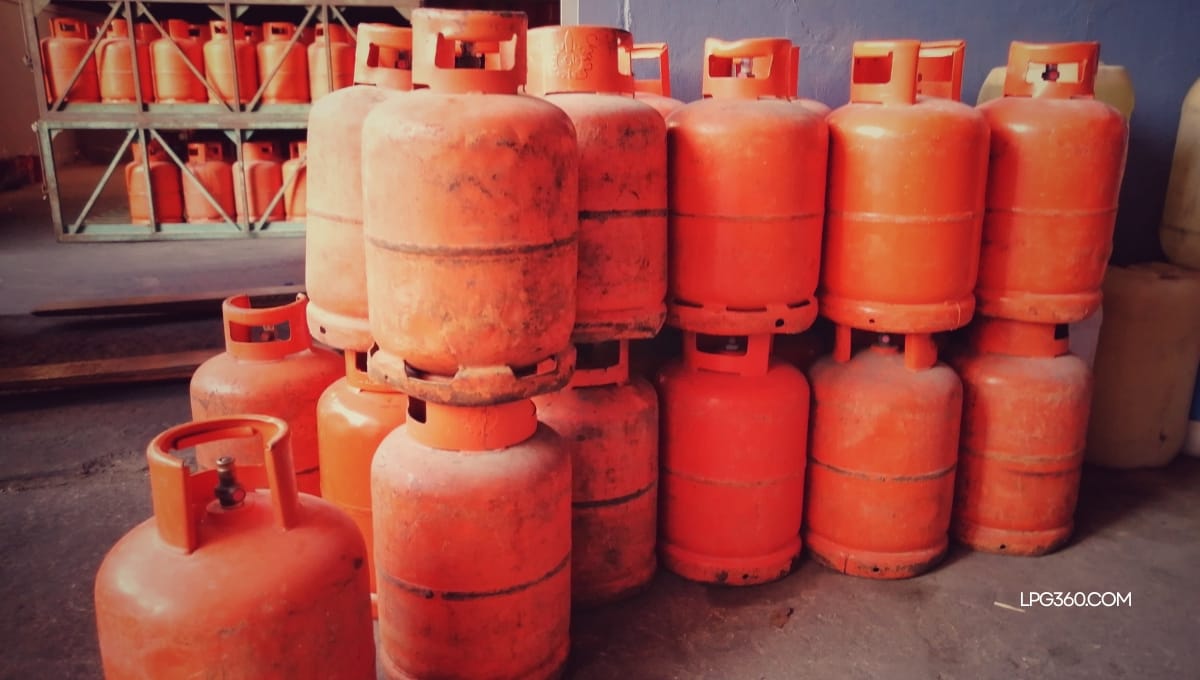
Conclusion
Following LPG Plant rules and regulations is crucial for maintaining safety, compliance, and efficiency. By implementing strict storage, handling, fire prevention, and transportation guidelines, businesses can ensure smooth operations while avoiding legal and safety risks. Additionally, staying updated with regulatory changes and investing in employee training can further enhance safety and compliance. A well-regulated LPG Plant not only protects lives and property but also improves business sustainability.
Stay compliant and operate safely! Follow LPG Plant rules and regulations to protect your business and workforce. Ensure legal compliance today!
#LPG #LPG360 #LPGRegulations #LPGPlantSafety #FirePrevention #IndustrialCompliance #WorkplaceSafety #NFPA58 #OSHAStandards #ISOStandards #LPGHandling #GasSafety #SafetyFirst #HazardousMaterials #LegalCompliance #LPGStorage #WorkplaceProtection #EmergencyPreparedness #PlantManagement #LPGIndustry #GasFacilitySafety #LPGBusiness





